Blog, SEO Advice
How to Use Keywords to Rank on Google
Many digital marketing companies will tell you that you should aim for your web page to rank on the first page of Google. You know what we say? Aim for your web page to rank among the first ten results on the search engine results page (SERP).
If the average position of your page is or 20th, then it's almost no better off than a page that ranks 50th on Google. It'll barely have any impressions, let alone clicks. In this article , we'll show you how to use keywords to rank on Google and occupy those coveted top ten positions. Let's begin.
Table of Contents
Introduction
What is ranking on Google?
Why does ranking high on Google matter?
How to use keywords to rank on Google
Conclusion
What Is Ranking on Google?
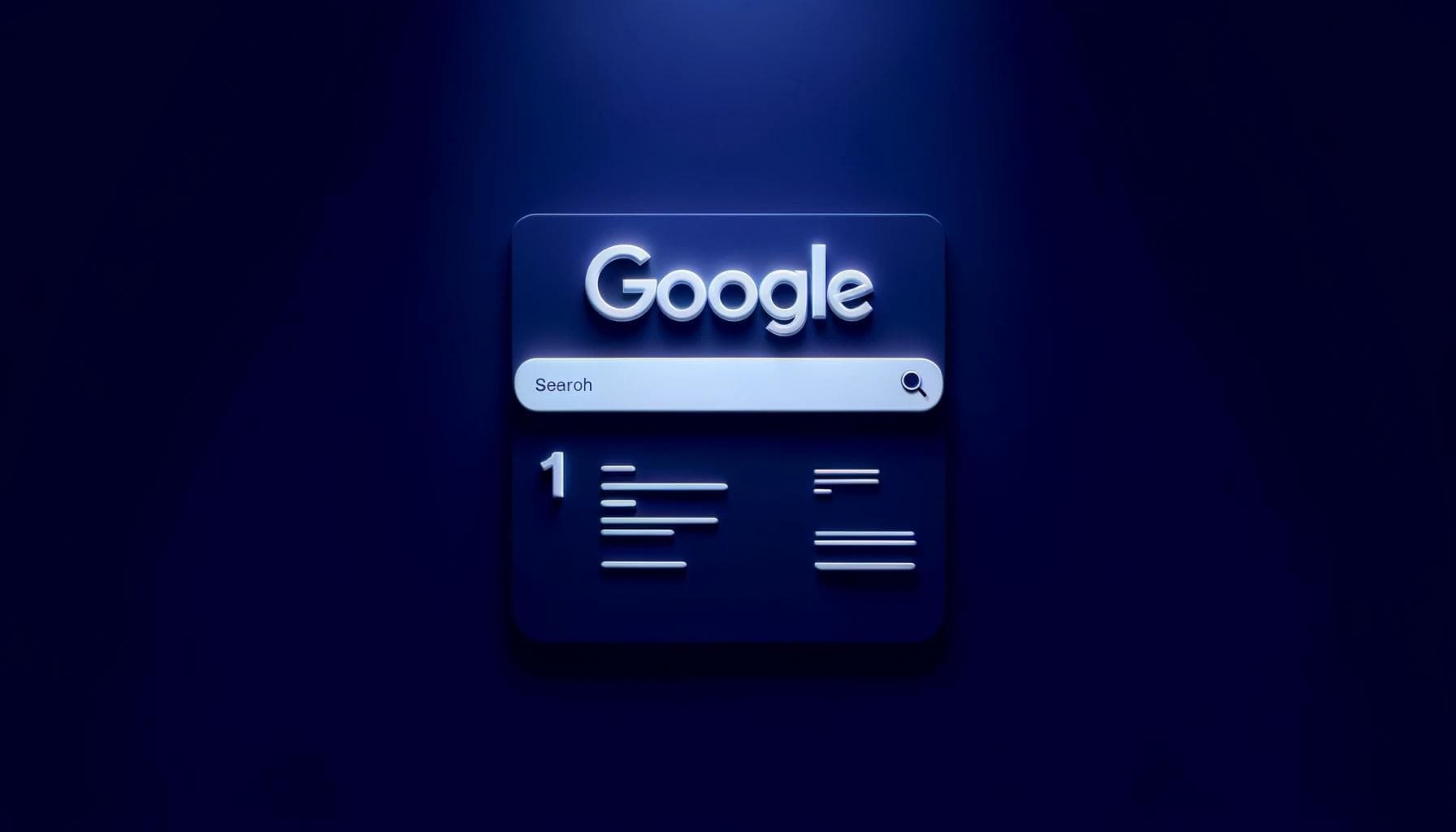
Page ranking on Google means the order in which Google arranges search results, from the most relevant ones to the least relevant ones. Google ranks web pages, not websites. When deciding how high or low to rank a page, the search engine considers how closely the information on the page matches the search query.
In addition, Google considers the quality of the content on the web page. If the content shows expertise, authoritativeness, and trustworthiness, Google is likely to rank that page higher.
Besides these factors, Google pays attention to the usability (or the ease of navigation) of a webpage. It also tends to highly rank web pages that seem more relevant to the context of the search query.
Why Does Ranking High on Google Matter?
Ranking high on Google gives your website plenty of exposure or visibility. This visibility brings you closer to your customers and ultimately increases your profits from your site. It also boosts your site's authority, making it a reference point for other sites on Google.
How to Use Keywords to Rank on Google
1. Choose Relevant Keywords
To choose relevant keywords, you need to understand your target audience and analyze your competitors' websites.
a) Understand Your Target Audience
Check which products or services your customers often buy. Monitor how often they buy these products or services, and when they often make their purchases. If you're able to monitor the frequency of their usage of your products or services, do so.
Also, keep your eyes peeled for the features of your products or services that your customers use often. In addition, skim through customer reviews to figure out what they're most curious about, and what they want.
You can't restrict your research to your customer base, though. You'll need to plow deeper into your industry to analyze how your buyer personas behave.
Picture, hypothetically, that your buyer persona is an 18-year-old college student. They want to use AI to complete assignments but they're afraid of getting caught. They'll most likely subscribe to services that help them bypass AI detectors every semester.
With this information, you can begin to guess which keywords will be most relevant to your content. Avoiding AI detection? Check. Undetectable AI websites? Check.
b) Analyze Your Competitors' Websites
Find out the keywords that your competitors are targeting by analyzing their sites through website platforms like Semrush, SpyFu, or Alexa.
The softwares for website keyword analysis usually include keyword metrics. Two important metrics are the search volume and the keyword difficulty (KD).
Ideally, you should choose low-difficulty keywords with moderate search volumes. How will you identify low-difficulty keywords? Usually, keywords whose KDs are between 1 and 30 are the easiest to rank for on Google.
How do you find the KD of a keyword? The most common answer to this question is that you should use tools like Moz or Ahrefs. But those tools mainly consider the number of backlinks to your site to determine how difficult it would be for your site to rank high on Google for a keyword.
On the other hand, a tool like seoClarity considers factors like the your site's authority, the search volume for the keyword, ongoing trends, etc., to calculate the keyword difficulty.
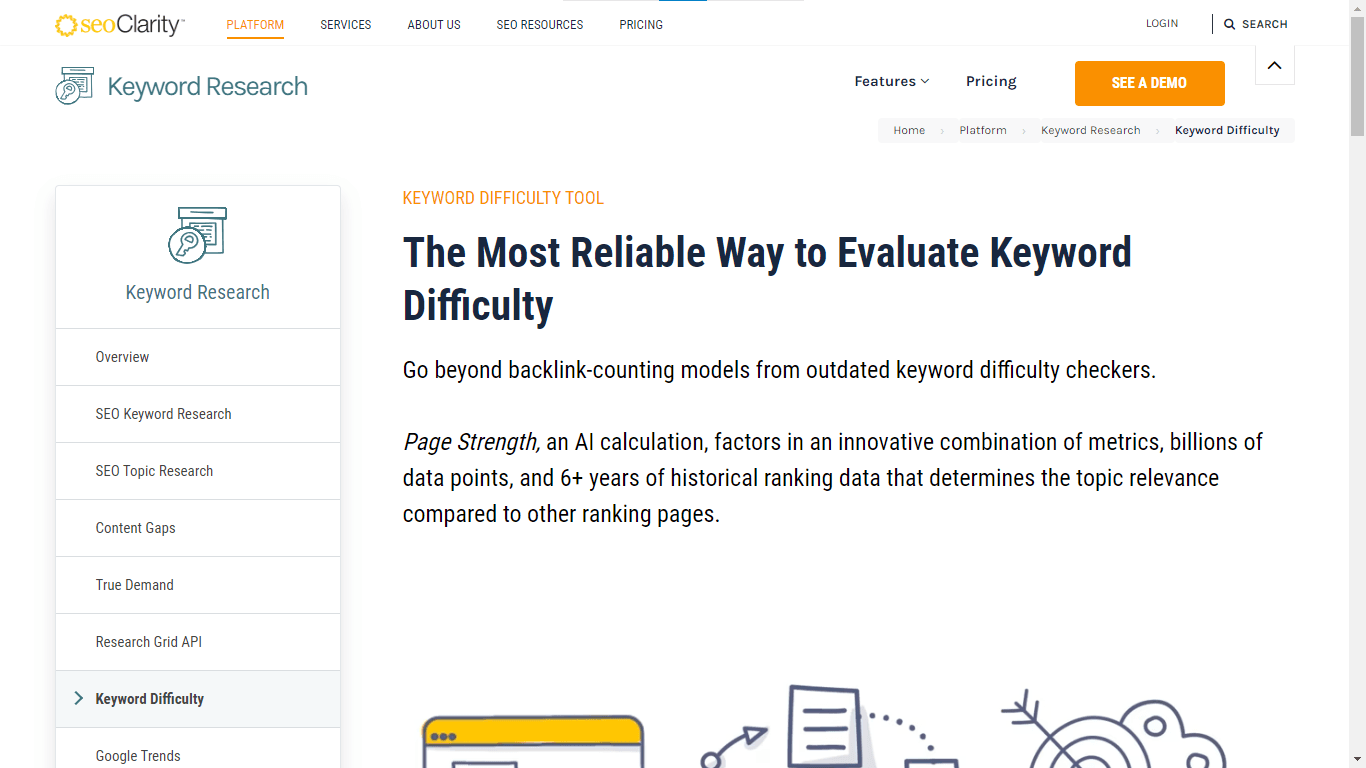
2. Match Your Content with Your Target Audience’s Search Intent
The search intent or keyword intent of your audience is the “why” of their search. Why are they searching for specific keywords on Google? Are they looking to get more information about a subject, buy a product or service, or looking for a particular website? These three questions describe the three types of search intent: informational,transactional or commercial, and navigational.
In figuring out the search intent of your audience, you're not trying to guess what they really want. No, you're trying to guess what your competitors think that your target audience wants.
Have you ever wondered why almost all the results on the first page of Google display almost the same type of content and contain almost the same information? It's because these sites are all trying to outrank one another by imitating what the topmost ranking pages have done before. So, jump on the train, and your content will rank higher on Google.
For instance, try searching for the keyword, “standing fan with remote control” on Google. You'll notice that the top three ranking pages are e-commerce pages.
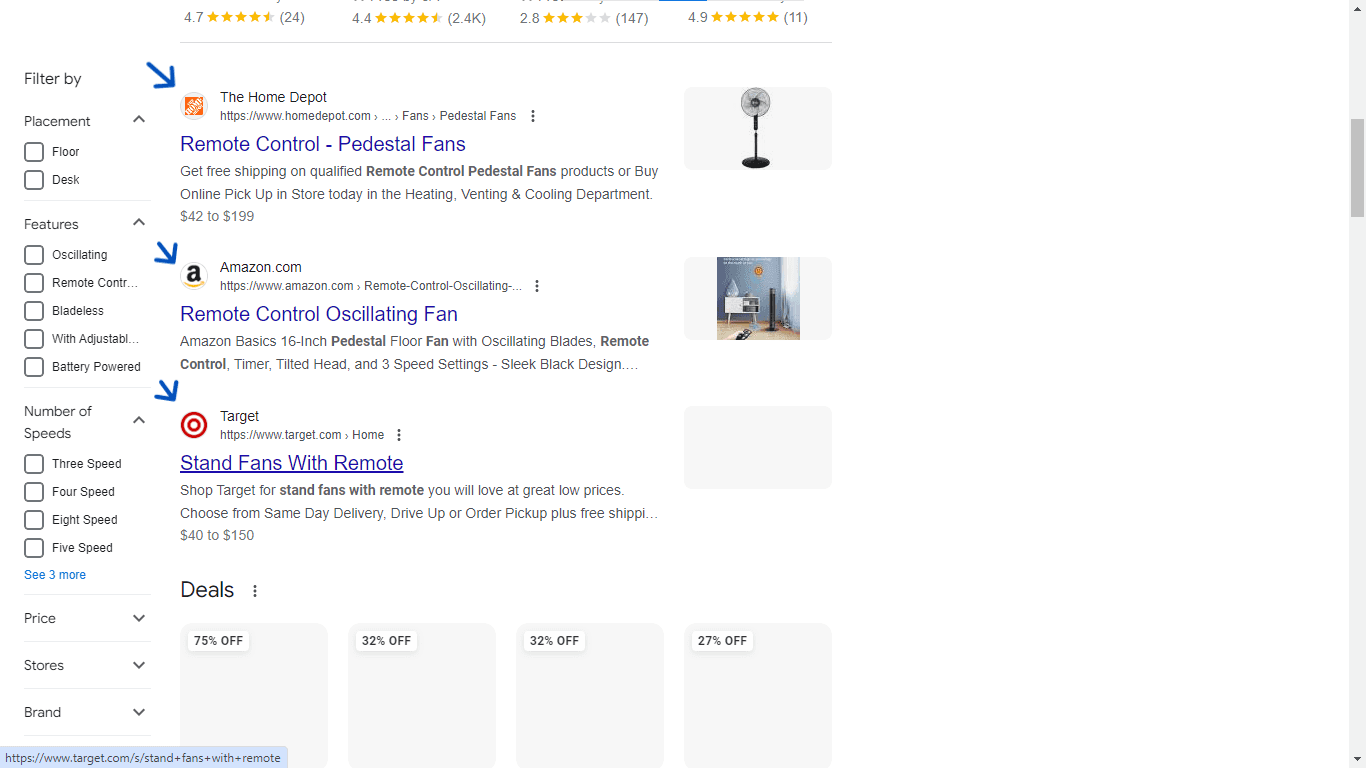
This suggests that a person looking up that keyword on Google has a transactional search intent.
So, it would be a good idea for you to create a page about various standing fans with remote controls. The page may contain special discount codes, coupons, or some other kind of incentive to induce the reader to buy one of those standing fans online.
3. Get Your On-page SEO Right
Your on-page SEO elements include header tags, title tags, meta descriptions, alt tags, SEO titles, etc. Here's a quick rundown of how to ensure that your on-page SEO game is solid.
a) Headers
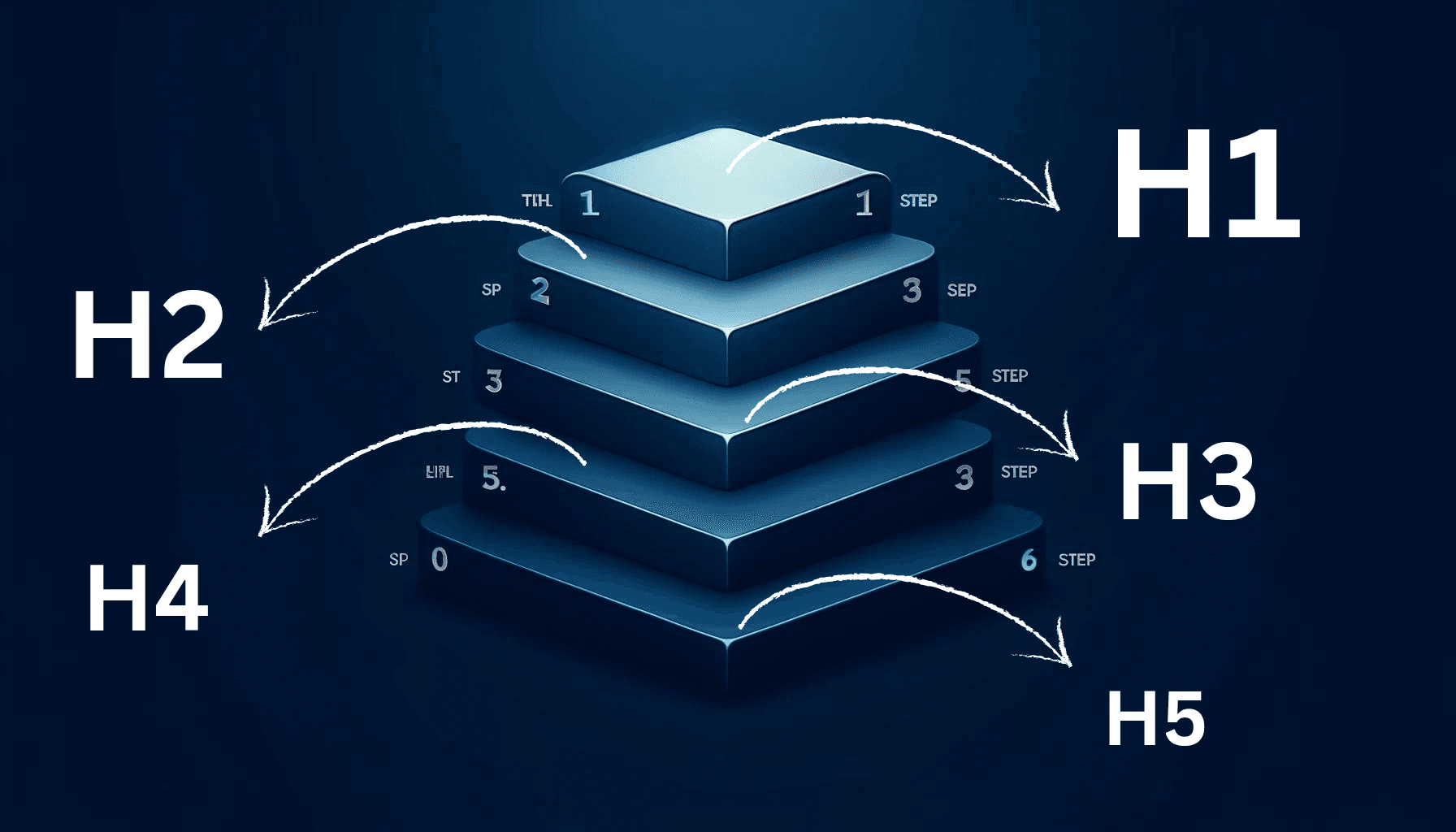
These are H1s, H2s, H3s, H4s, H5s, and H6s. Include your H1, preferably at its beginning. Other headings, e.g. H2s and H3s should reflect your secondary keywords.
How you structure the headers also matters. You need to maintain a clear hierarchy in the header system from the beginning to the end of the web page.
b) Title tags
You need to keep your SEO title between 5 and 12 words. Your primary keyword should be included at the beginning of the title.
c) Meta description

Your meta description is a short summary of what the web page is about. It should induce the reader to click on the page. You may add simple calls to action (CTAs) like “Click here to learn more” to your meta tags, but that's unnecessary.
d) Alt tags
The alt tags for images in your content should contain a mix of your primary and secondary keywords. These tags tell Google what the images to which they're attached are about.
In addition to these elements, you can try adding bulleted lists to your web page. These are generally easier for your audience to read.
Use our Free AI Detector to check your content
4. Create Valuable Content
Pick a topic that interests your target audience. This shouldn't be hard for you if you've already done your keyword research.
When developing an outline for your content, please check out your competitors. Google doesn't care so much about originality. Crafting unique outlines for a topic may not get you anywhere.
On Google, it pays for you to say everything that your competitors have said and more. Saying what they've said before puts your page on the same pedestal as theirs in Google's eyes. Saying more than what they've said gives you an edge over them when Google is ranking web pages.
While writing, place your primary keyword in the introduction and the conclusion of your work. Also, try to include the keywords (both primary and secondary) throughout the content, keeping the sprinkling as natural as possible.
5. Prioritize Internal Links
To Google, internal links are signposts telling it which web pages on your site it should go to. When Google's web crawler visits your site for the first time, it starts at your homepage. It follows the internal links on your homepage to locate other pages on your site.
Since Googlebot is more likely to crawl frequently-linked pages, it's a good practice to frequently include internal links to your most important pages. When linking to a web page, it's best to use anchor text that describes what the page is about to search engines.
Yes, we're aware that your readers may understand what you mean if you simply tell them to “click here.” However, Google's bot crawlers will have a much harder time getting your drift.
For instance, you may be considering using a CTA like “Click here to join StealthGPT.” In that case, you'll want to use “click here” as anchor text.
However, doing that won't help. Instead, change your CTA to something more direct like “Join StealthGPT now.” This way, you can easily use “StealthGPT” as the anchor text.
6. Get Backlinks for Your Site
What matters more to Google is not the quantity of links pointing to your site, but the quality of those links. There are a few ways to get links to your site.
One, you could patiently grow your site and hope that one day, your website’s domain will have so much topical authority that high-ranking sites will link to yours.
Two, you could buy backlinks. However, buying high-quality backlinks is expensive. The cost runs into hundreds of dollars. For all it's worth, buying backlinks is a black hat SEO practice that violates Google's guidelines. Google could penalize your site for it.
Three, you could create other content marketing channels, such as a YouTube channel or a newsletter. In your content marketing channels, include relevant backlinks to your site. Alternatively, you could reach out to relevant websites, social media channels, and newsletters for backlinking opportunities.
7. Use LSI Keywords on Your Web Page
Latent Semantic Indexing (LSI) keywords are long-tail keywords that provide more context about a webpage. For instance, if your primary keyword is “how to beat Turnitin,” your LSI keywords could be “how to beat Turnitin AI detector” or “how to beat Turnitin using StealthGPT.”
While the primary keyword is great, the LSI keywords are much more specific. Utilizing these keywords throughout your content makes it easy for Google's bot crawlers to understand what your web pages are about. This could improve your page ranking.
To find LSI keywords, use the Google search autocomplete feature.
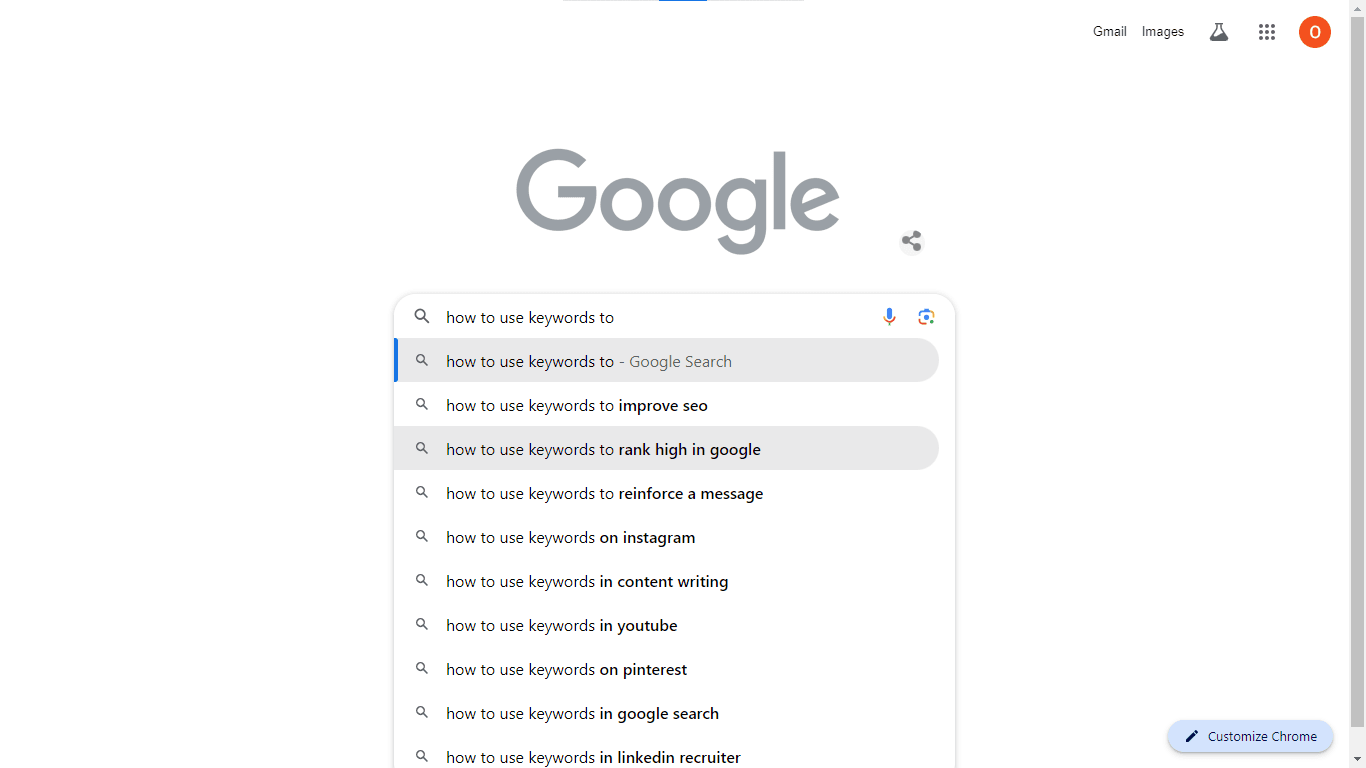
You can also refer to the People Also Ask feature of Google. Through this feature, you can find frequently asked questions to include in your content.
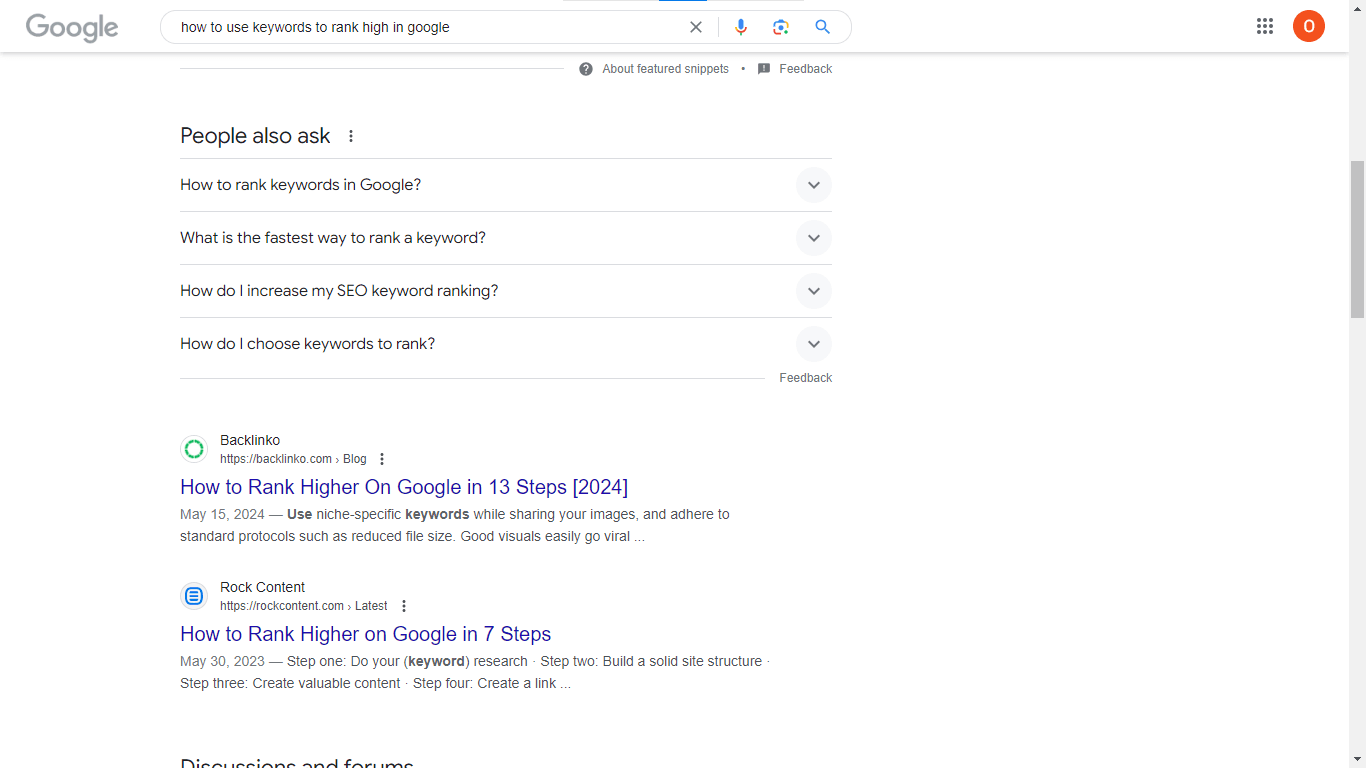
Another free tool for finding LSI keywords is the People Also Search For feature of Google.
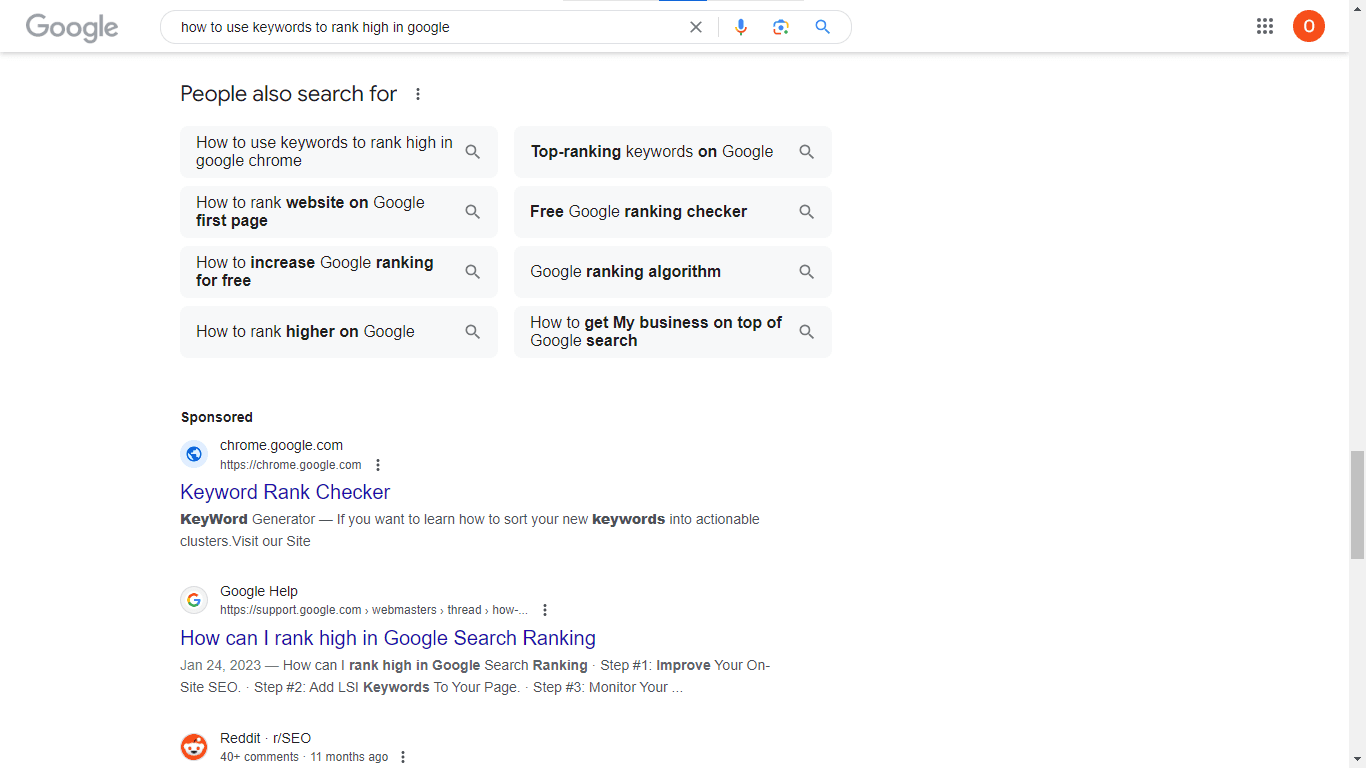
When you're ready to invest real money into finding LSI keywords, you can subscribe to keyword finders like Ahrefs, Moz, or Semrush.
8. Track Rankings for Any Keyword
When you track rankings, you can monitor the performance of your web pages over time. You can also identify opportunities for improvement and any threats to the SEO success of your website. Such threats could be changes to Google's algorithm, decreased ranking for a specific keyword, or a higher number of competing websites.
You'll also keep an eye on your competitors’ websites, so you can be sure that you're not fighting a lost battle. Besides analyzing and improving your content strategy, tracking rankings can help you increase organic site traffic.
Google Search Console is an tool for tracking how high your web page ranks for a specific keyword. For more comprehensive page tracking, you can use tools like Semrush and SERPWatcher.
9. Improve Your Website's Technical SEO
To use keywords to rank on Google, you need to invest in the technical aspect of your site's SEO. These include:
Creating an XML sitemap
Configuring your robots txt. file to lead Google's bot crawlers to specific pages on your website and prevent them from crawling irrelevant pages
Using Google's PageSpeed Insights to identify and fix issues with your website's loading speed.
Optimizing your website's layout for mobile devices.
Installing an SSL certificate on your site to improve its security.
If there are duplicate web pages on your site, add canonical tags to the HTML of your preferred web page. This tag tells Google that it should index only that page.
Customizing a 404 page that encourages site visitors to navigate back to available web pages on your site.
Checking your site for broken links and fixing them.
Improving your site's technical SEO will often require the assistance of an SEO professional. When you hire one, they'll likely conduct a site audit to identify which areas of your site's technical SEO need improvement.
10. Add Schema Markups to Your Web Pages
A schema markup is a code that helps Google read and understand what's on a website. Consequently, when a user searches for information that's available on that site, Google is more likely to list that site in a rich snippet.
Google may also push that site to the first position on the SERP. These actions increase the overall site authority, and encourage users to visit it more often.
You add a schema markup to the HTML of your site. There are different types of schema markups, such as article, product, local business, etc. To find the type that's most suitable for your website, visit schema.org and navigate to the “Schemas” section.
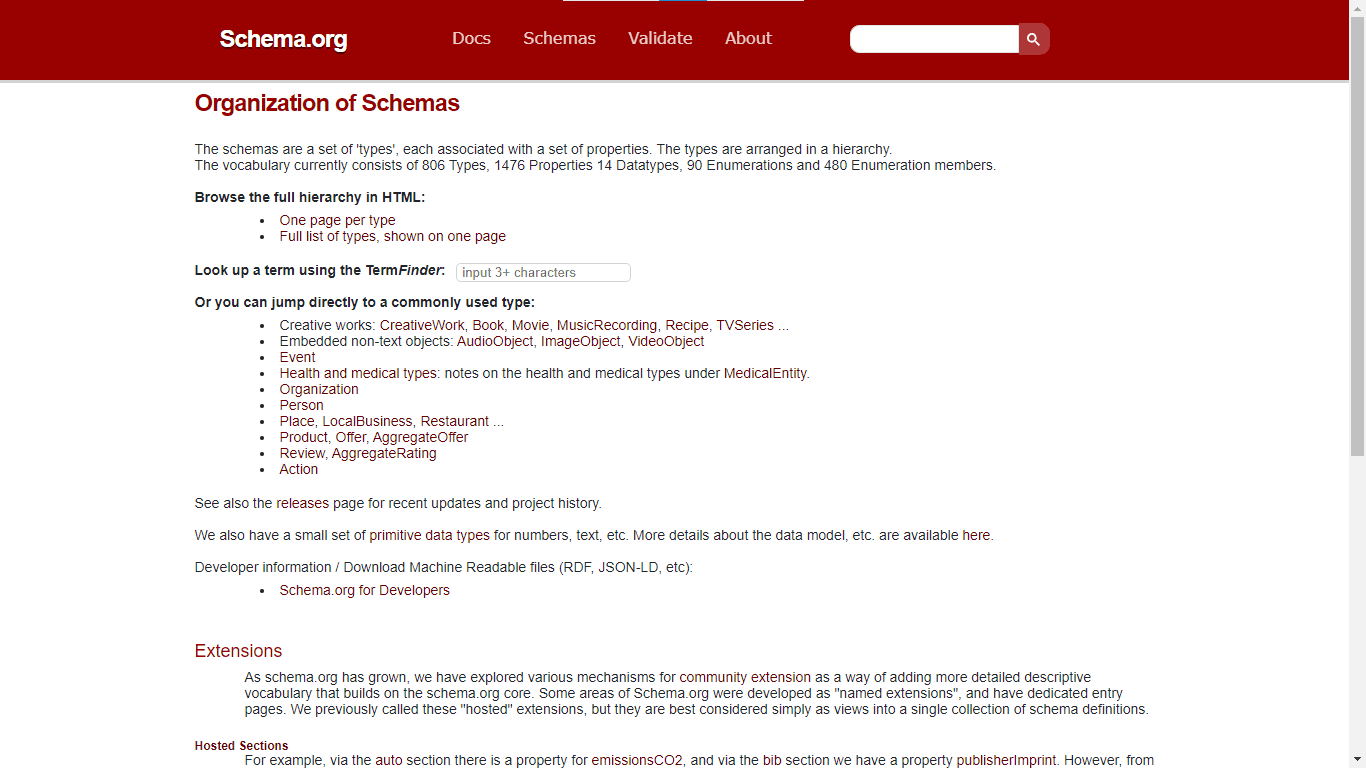
Conclusion
Using keywords to rank on Google is a continuous process. It involves on-page SEO, technical SEO, effective internal and backlinking strategies, adding schema markups to the site, and many other procedures. Before you can try any of these things, you must have identified the keywords for which you want your site to rank.
Keyword research, SERP analysis , and competitor analysis can help you discover these keywords. However, your site must have high-quality content for you to get the best results from your SEO efforts. To generate top-quality content fast without draining your wallet, use StealthGPT. Thanks for reading!
